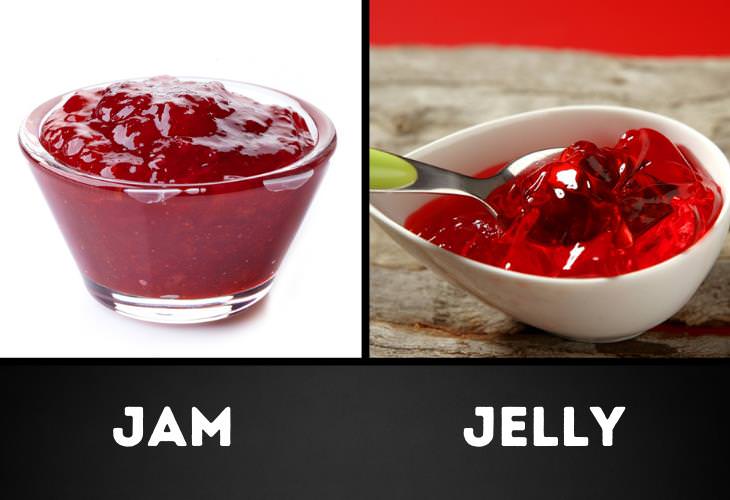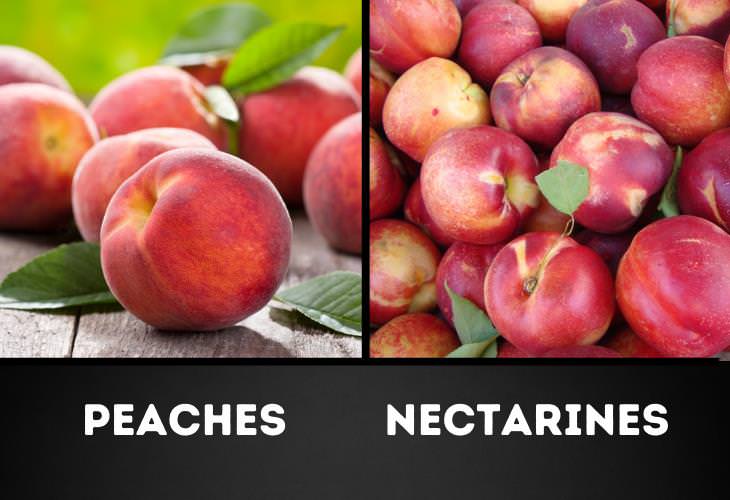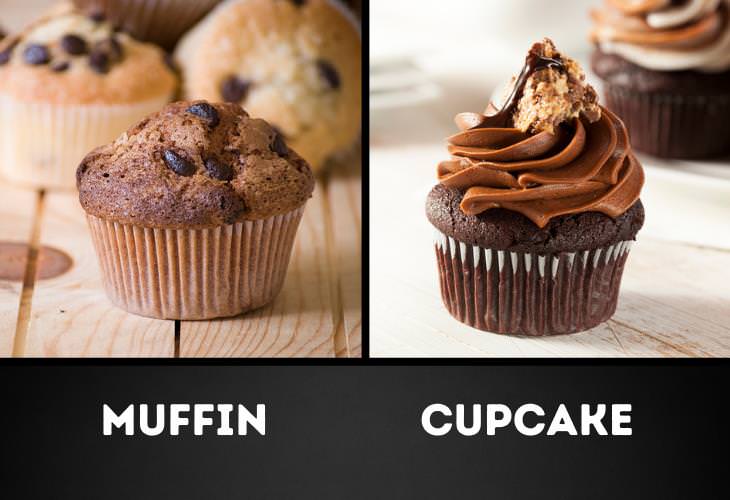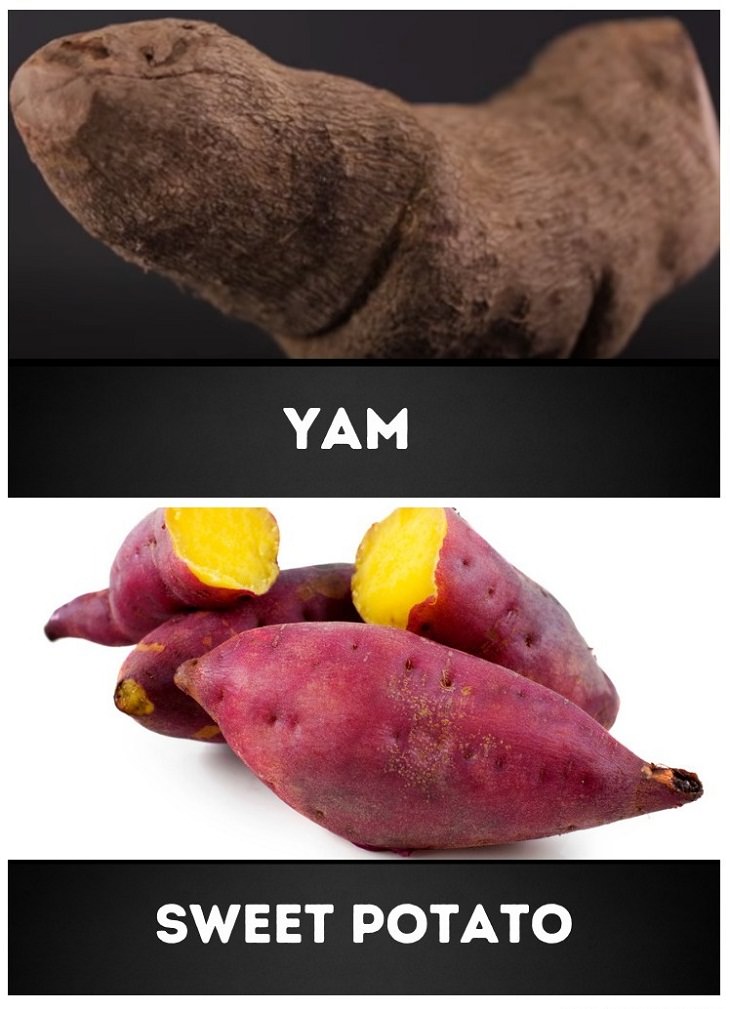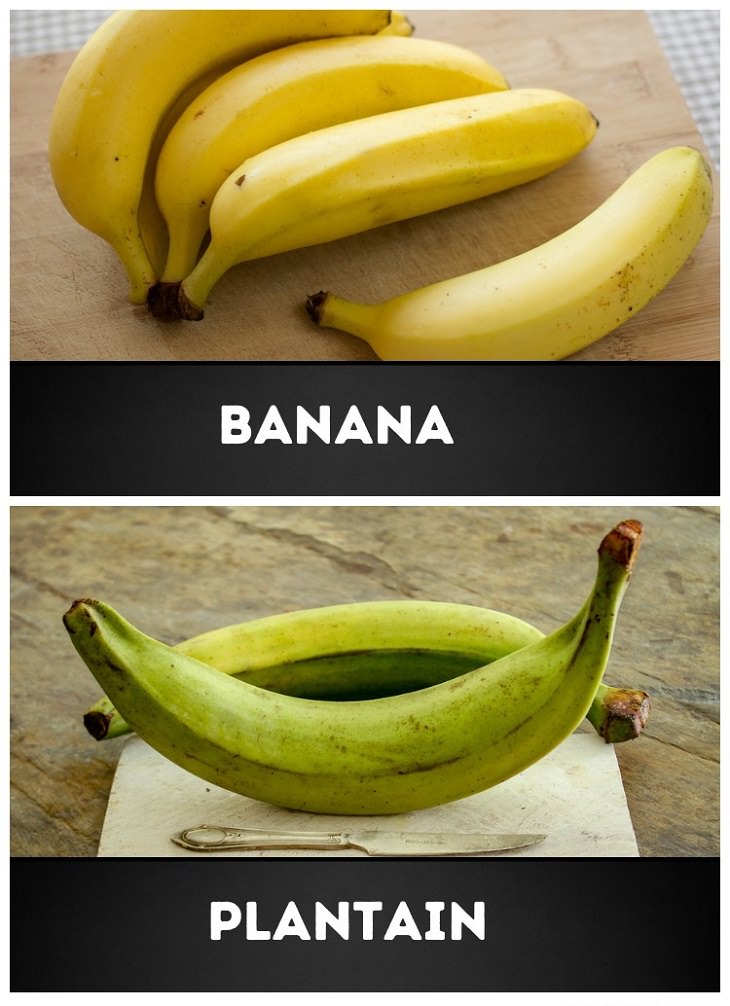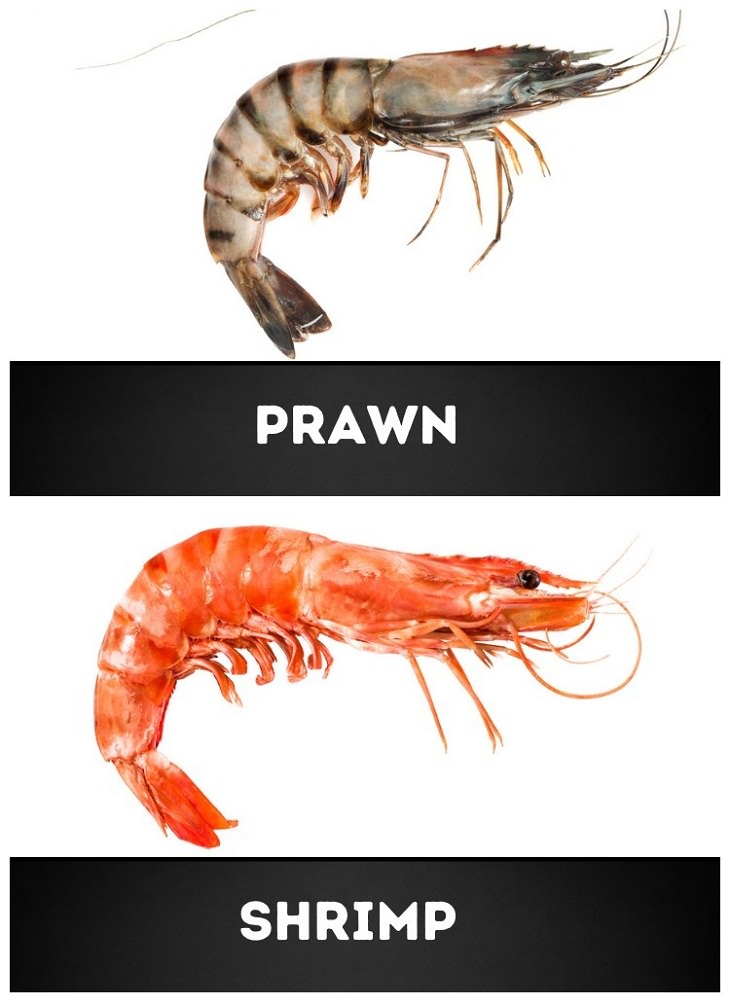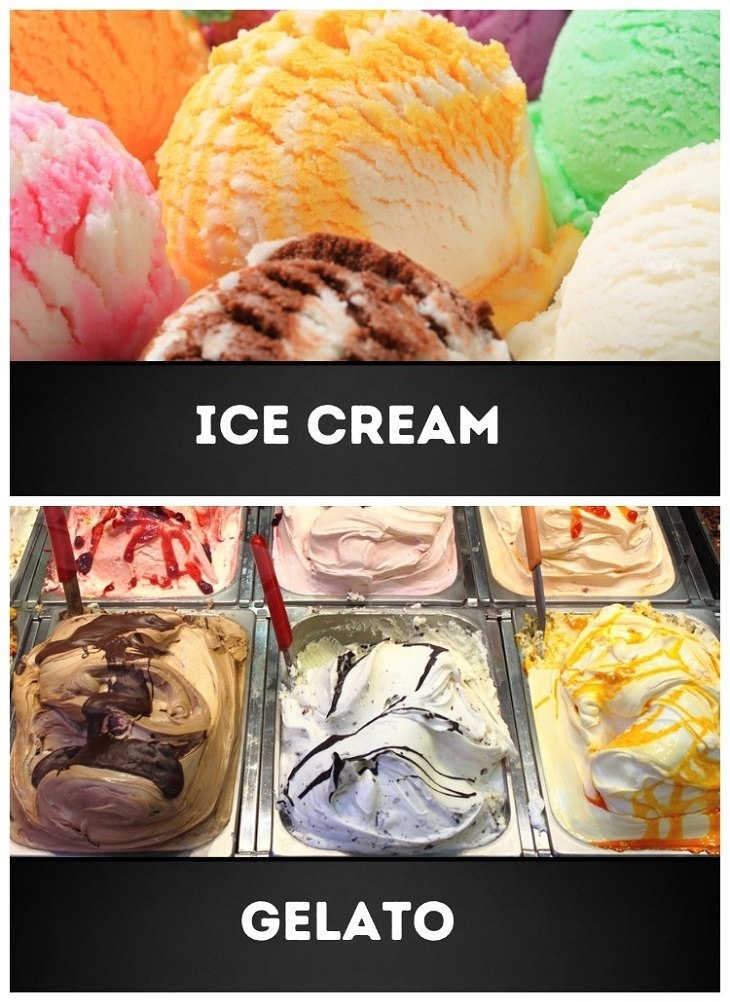1. Jam vs. jelly
Both jam and jelly have fruits as their main ingredients but the main difference between the two is the shape they eventually take. Jam has a chunkier texture and a spreadable consistency while jelly has a much smoother consistency. Moreover, jam is prepared with crushed fruit or pulp, and jelly is primarily made with fruit juice.
For making jam, fruit is chopped, crushed, and cooked with sugar. To make jelly, fruit juice is boiled with sugar, rather than crushed fruit pieces that give it a firm, gel-like texture.
2. Nectarines vs. peaches
Nectarines and peaches are extremely similar summer fruits, but they do have some slight differences in size, texture, and taste. Both fruits are almost genetically identical and are often used interchangeably in cooking. However, peaches have a dominant form of a gene that gives them a fuzzy skin and a softer texture. Nectarines are smooth and have a slightly firmer texture than peaches. They also tend to be a little smaller. Since peaches have thicker coats, they need to be peeled while the firmer texture of nectarines makes an excellent fruit for the grill.
3. Cupcake vs. muffin
There are many out there who believe that cupcakes and muffins are the same. It can be hard to pinpoint the difference between the two as they usually have the same ingredients - flour, eggs, butter, sugar, and milk. However, it is the mixing process and the consistency of the batter that separates cupcakes and muffins.
Cupcakes are made by creaming the butter and sugar together to make a smooth and fluffy batter. Moreover, cupcake batter is beaten much longer than muffin batter which helps produce a consistency of air bubbles throughout the cupcake. The muffin batter, meanwhile, remains quite lumpy as it is beaten only briefly. Muffins also have less sugar, more whole grains, and more fruit which is why it is considered a healthier option and often taken during breakfast.
4. Yam vs. sweet potato
In many supermarkets, sweet potatoes are labeled as yams since they look so similar. However, they have certain differences. True yams have bumpy, rough, and scaly skin that is black or brown in color. They are also cylindrical in shape and have a white, purple, or reddish flesh. Yams are produced mainly in Africa and Asia and are not found easily in supermarkets. Meanwhile, sweet potatoes have tapered ends and elongated shapes and are found in a variety of colors. Also, sweet potatoes are sweeter, less dry, and starchy.
Both yams and sweet potatoes are root vegetables but belong to different families. Yams are members of the genus Dioscorea and belong to their own special family, Dioscoreaceae. On the other hand, sweet potatoes come from the species Ipomoea batatas, in the morning glory family, Convolvulaceae.
5. Banana vs. plantain
We’re all, of course, well aware of bananas. It is the most common and widely consumed fruit in the world. However, this delicious yellow fruit is often confused with its apparent twin, the plantain. While they may look quite similar, their taste is vastly different.
Plantains, like bananas, are originally from Southeast Asia but are now grown all over the world. They are usually larger and tougher than bananas and not very sweet. Furthermore, plantains are high on starch while bananas are high on sugar. Plantains are, in fact, better for cooking and are often used as vegetables in different regions of Asia rather than a go-to fruit like a banana.
6. Cucumber vs. zucchini
Given how remarkably similar they look, it’s not surprising that cucumber and zucchini are often confused for each other. While both of them are alike in shape and color, there are a few notable differences between them. For instance, cucumbers are generally hard, waxy, and cool to touch while zucchinis are warmer, yielding, and slightly gritty. Also, zucchini have woody stems at one end, and sometimes a flower on the other. Cucumbers also have a rough, bumpy exterior while zucchini always have smoother skin. Their tastes also vary – zucchini has a mild and slightly bitter flavor while cucumbers are crunchier and cooler. Lastly, cucumbers are usually favored raw or pickled while zucchini is cooked in a dish.
7. Prawn vs. shrimp
Prawns and shrimp are often confused. Many even feel that prawns and shrimp are one and the same. However, while they are closely related, the two crustaceans are different in their anatomy. Prawns are bigger in size and don’t have the distinct curve of shrimps. Prawns also have three sets of claws and branching gills. It’s because of their big size that prawns are considered more of a delicacy. Shrimp, since they are smaller, are cooked faster and commonly served in restaurants.
The two are also scientifically distinct. Shrimp belong to the pleocyemata suborder, which includes crayfish, lobsters, and crabs. Prawns, meanwhile, belong to the dendrobranchiata suborder.
8. Ice cream vs. gelato
From a distance, both ice cream and gelato might appear the same to many of us. However, while both the desserts contain cream, milk, and sugar, they have some clear differences. Gelato is an Italian dessert that requires less cream, more milk, and mostly no egg yolks. Also, gelato is churned slower and with less air, which makes it denser and creamier than ice cream. Another big difference between the two is that gelato is served at a slightly warmer temperature than ice cream which gives it a silkier texture.
Share this post with other food enthusiasts!

